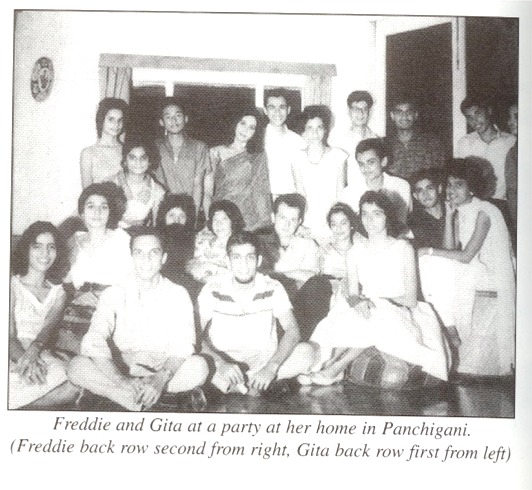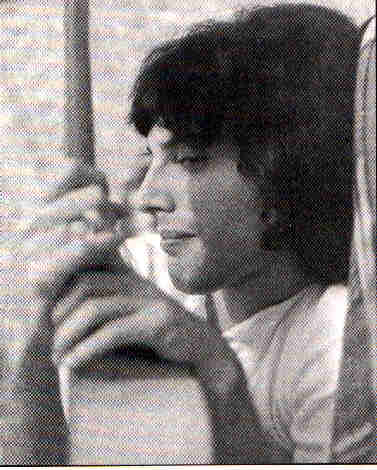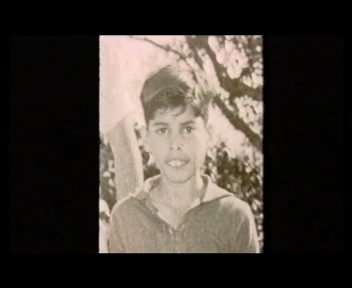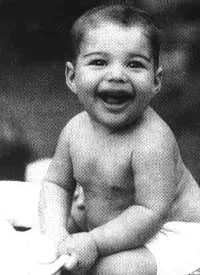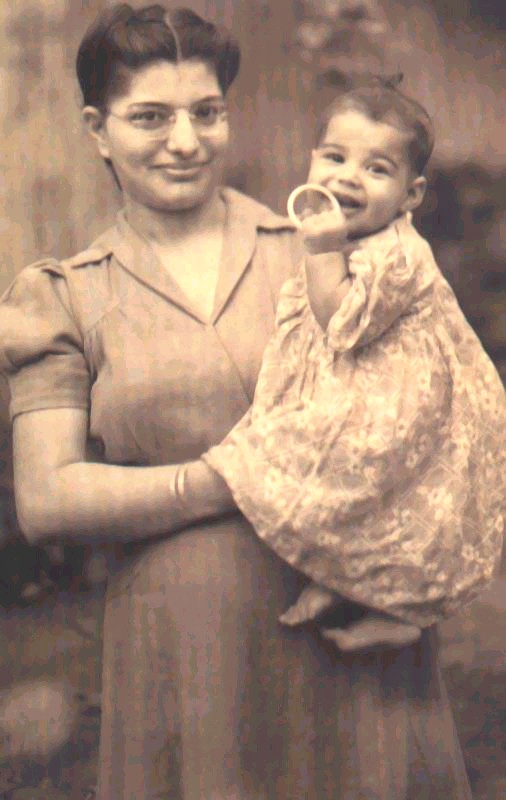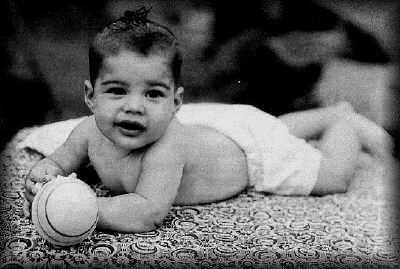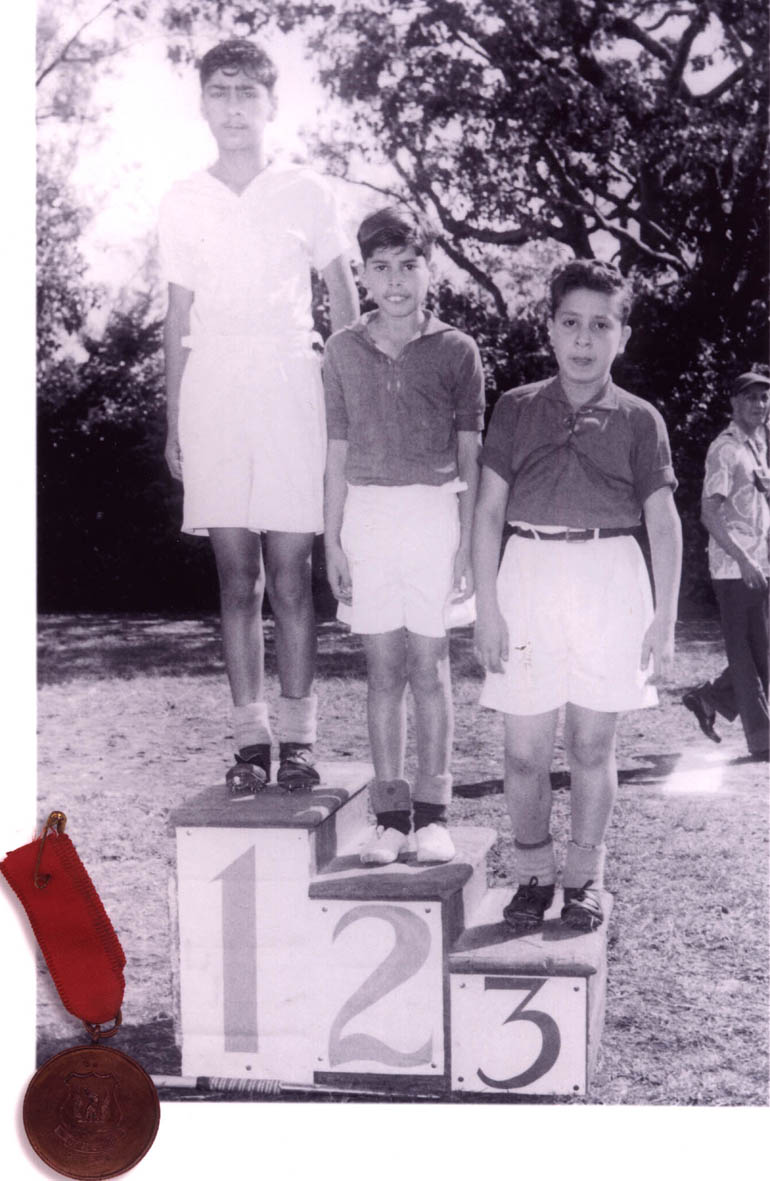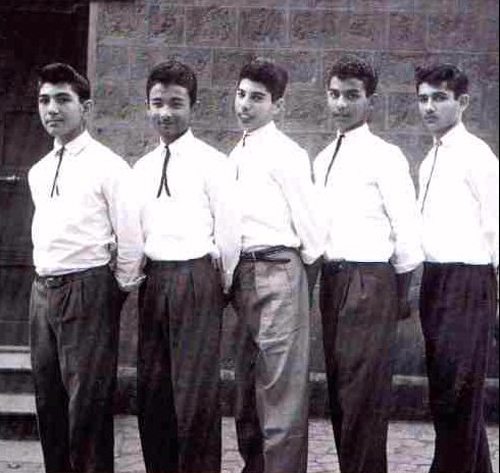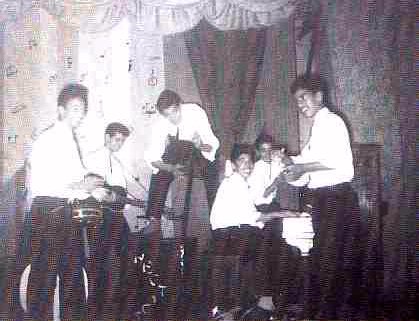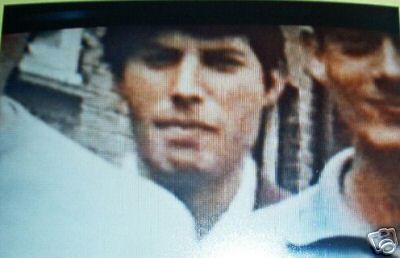 | Young Freddie |
|
|
|
|
|
|
|
|
|
|
|
|
|
|
|
|
|
|
|
|
|
|
|
|
|
|
|
|
|
|
|
|
|
|
|
|
Freddie Mercury was born Farrokh Bulsara on Thursday September 5th 1946 on the small spice island of Zanzibar. His parents, Bomi and Jer Bulsara, were both Persian. His father, Bomi, was a civil servant, working as a High Court cashier for the British Government. Freddie''s sister, Kashmira, was born in 1952. In 1954, at the age of eight, Freddie was shipped to St Peter''s English boarding school in Panchgani, about fifty miles outside Bombay. It was there his friends began to call him Freddie, a name the family also adopted.
As St Peter''s was an English school, the sports played there were typically English. Freddie loathed cricket and long-distance running, but he liked hockey, sprint and boxing. At the age of 10 he became a school champion in table tennis. Freddie was not only a good sportsman, his artistic skills were incomparable. At the age of twelve he was awarded the school trophy as Junior All-rounder. He loved art, and was always sketching for friends or relatives.
He was also music mad and played records on the family''s old record player, stacking the singles to play constantly. The music he was able to get was mostly Indian, but some Western music was available. He would sing along to either and preferred music to school work.
The principal headmaster of St Peter''s had noticed Freddie''s musical talent, and wrote to his parents suggesting that they might wish to pay a little extra on Freddie''s school fees to enable him to study music properly. They agreed, and Freddie began to learn to play the piano. He also became a member of the school choir and took part regularly in school theatrical productions. He loved his piano lessons and applied himself to them with determination and skill, finally achieving Grade IV both in practical and theory.
In 1958, five friends at St Peter''s - Freddie Bulsara, Derrick Branche, Bruce Murray, Farang Irani and Victory Rana - formed the school''s rock''n roll band, the Hectics, where Freddie was the piano player. They would play at school parties, at annual fetes and school dances, but little else is known about them.
In 1962, Freddie finished school, returned to Zanzibar and spent his time with friends in and around the markets, parks and beaches. In 1964, many of the British and Indians, due to political unrest in Zanzibar, left their country, although not under forcible pressure, and among those driven out were the Bulsaras who migrated to England.
Initially they lived with relatives in Feltham, Middlesex, until they were able to find their own small, terraced house in the area. Freddie was seventeen, and had derided he wanted to go to art college, but needed at least one A level to ensure he could get in. In September 1964 he enrolled at the nearby Isleworth Polytechnic
During vacations he took a variety of jobs to earn some money; one was in the catering department at Heathrow Airport, a stone''s throw from home, and the other was on the Feltham trading estate, where he had a job in a warehouse lifting and stacking heavy crates and boxes. His fellow workers commented on his ''delicate'' hands, certainly not suited for such work, and asked him what he did. He told them he was a musician just ''filling in time'', and such was his charm that those co-workers were soon doing the lion''s share of his work.
He studied hard, although he preferred the aesthetic side of school life to the more mundane academic side, and easily achieved his Art A level, leaving Isleworth in the spring of 1966. His grade A pass and his natural skill ensured that he was readily accepted by Ealing College of Art and, in September 1966, Freddie began a graphic illustrating course at that college.
After Jimi Hendrix exploded onto the scene in 1967, and Freddie became an ardent fan, he spent time sketching and drawing his hero; drawings he would frame and use to decorate the walls of his flat in Kensington, rented by his friend Chris Smith, where Freddie had moved from the family home in Feltham. At that time Kensington was an important place to be for the art crowd - it was the base of the famous Biba boutique and the home of Kensington Market, frequented by the then ''in'' crowd.
A fellow student at Ealing College was bass player Tim Staffell, with whom Freddie became good friends. As Tim''s and Freddie''s friendship became closer, Tim took him along to rehearsals of his band called Smile, with Brian May on the guitar and Roger Taylor on the drums. Freddie got on famously with Brian and Roger and loved the sound that Smile had achieved; he also had immense admiration and respect for Brian''s guitar-playing. Inspired by Smile, Freddie began to experiment with music for the first time since leaving India.
He initially began to practice with Tim, another art student Nigel Foster, and with Chris Smith. "The first time I heard Freddie sing I was amazed," recounts Chris. "He had a huge voice. Although his piano style was very affected, very Mozart, he had a great touch. From a piano player''s point of view, his approach was unique."
"Freddie and I eventually got to write little bits of songs which we linked together," adds Chris. "It makes sense when you consider Bohemian Rhapsody. It was an interesting way getting from one piece in a different key signature to another. But I don''t think we actually finished anything. Freddie certainly taught me a lot at those sessions. He had great, natural sense of melody. I picked that up straight away. For me it was the most interesting aspect of what he was doing."
Freddie left Ealing College in June 1969, with a diploma in graphic art and design, and a few commissions for adverts in local newspapers. He moved into Roger Taylor''s flat, and that summer opened a stall with Roger at Kensington Market, initially selling artwork by himself and fellow Ealing students, and later Victorian or whatever clothes, new and secondhand, he could lay his hands on.
In the summer of 1969 Freddie was introduced to a Liverpool band called Ibex, who had come to London to try to make a name for themselves. Ibex were a three-piece, with guitarist Mike Bersin, John ''Tupp'' Taylor on bass and Mick ''Miffer'' Smith on drums. They also brought with them their apprentice manager, roadie and general dogsbody Ken Testi; part-time bass player Geoff Higgins used to travel down for occasional gigs. Geoff would play bass when Tupp, a great Jethro Tull fan, wanted to play flute.
Freddie first met Ibex on 13th August 1969. Such was his enthusiasm, that just ten days later, he''d learned the band''s set, brought in a few new songs, and had traveled to Bolton, Lancashire, for a gig with them - his debut public performance. The first date was 23rd August, and the occasion was one of Bolton''s regular afternoon ''Bluesology'' sessions, held at the town''s Octagon Theatre. On the 25th August, Ibex appeared in the first ''Bluesology pop-in'', an open-air event on the bandstand in Bolton''s Queen Park, and the proceedings were covered in Bolton''s ''Evening News''. This even featured an uncredited photograph of Freddie.
While Freddie''s trip to Bolton with Ibex was photographed, Ibex''s appearance at the Sink was recorded. This recording was made by Geoff Higgins; as he says, tape is chronic quality, but it demonstrates Ibex''s love of Cream, Jimi Hendrix, as well as Freddie''s favourite of the day, Led Zeppelin.
Somewhere between 9th September and the end of October 1969 Ibex underwent a mini upheaval - at Freddie''s instigation. "I recall him canvassing the idea of calling the band Wreckage, but nobody was very enthusiastic," reveals Mike Bersin. "Then he phoned me one night and said, ''The others don''t mind. How do you feel?'' I said, ''If they agree, then fine''. When I spoke to the others about it, Freddie had phoned them all up and had the same conversation."
The name-change went hand-in-hand with the departure of drummer Mike ''Miffer'' Smith. He was replaced by Richard Thompson, the former drummer in Brian May''s 1984. Despite flashes of true potential, the end of the 1960s also marked the end of Wreckage. Gigs were few and far between, and while John Taylor, Richard Thompson and Freddie remained in London, Mike Bersin was committed to his college course in Liverpool, as he promised to his parents. Inevitably, the band petered out.
Freddie started to search for another band for himself. He found Sour Milk Sea after seeing a "Vocalist Wanted" advert in the ''Melody Maker''. The pomp and ceremony were impressive, and the band he was auditioning for knew he was the right man, especially when he got around to singing. Freddie had a great voice, with terrific range. But there was not only his voice that made his performances so attractive to people. "He knew how to front a show," - Ken Testi recalls. "It was his way of expressing that side of his personality. Everything he did on stage later in Queen, he was doing with Ibex at his first gig." It wasn''t anything that could be developed. It was his charisma, his pure natural gift that was in perfect harmony with his voice, his appearance, his delicate taste and his musicianship in the wide sense of the word. The fact that he realized it himself made him absolutely fascinating!
They offered him the job, and in late 1969 Freddie became the lead singer with Sour Milk Sea. The other members of the band were Chris Chesney on vocals and guitar, bass player Paul Milan, Jeremy ''Rubber'' Gallop on rhythm guitar and Rob Tyrell on drums. They did a few rehearsals, and then a few gigs in Oxford (Chris''s home town).
Freddie and Chris, who was about seventeen at the time, became close friends and Chris moved into the house that Freddie shared with Smile in Ferry Road, Barnes. The other members of Sour Milk Sea were more than a little peeved Chris and Freddie spent so much time together, and felt rather insecure about the future of the band. After just two months Jeremy, who owned nearly all the equipment, derided to take it back and break up the band.
In April 1970 Tim Staffell decided to leave Smile, and Freddie join them as lead singer. Freddie decided to change the name of the band to Queen, he also changed his last name to Mercury.
